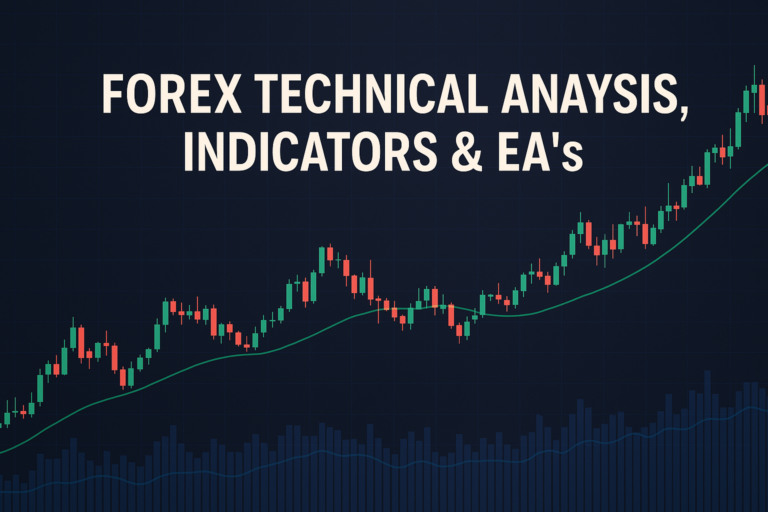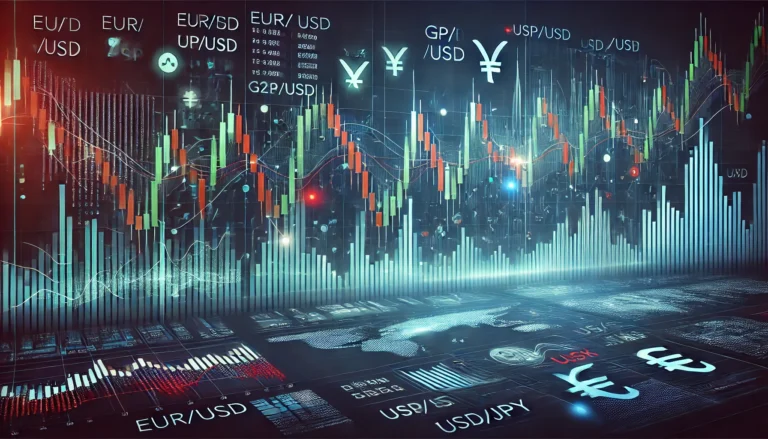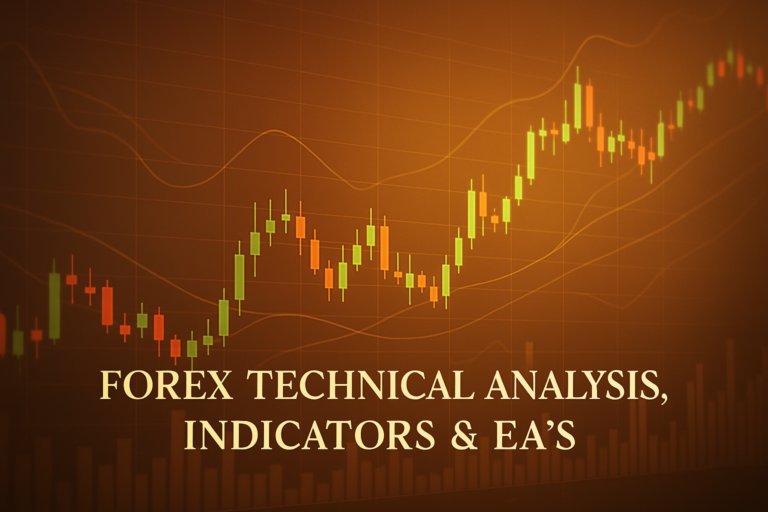
Price Manipulation in Forex trading is a critical issue that can lead to significant losses if not understood and managed properly.
Forex trading can seem like a sea of opportunities, but lurking beneath the surface is a dark issue known as price manipulation. This problem affects traders at all levels, from beginners to seasoned professionals. When markets are manipulated, prices do not reflect the true value of currencies. This can lead to significant losses and frustration. Many traders struggle with recognizing and navigating these manipulated price movements, often feeling overwhelmed and confused.
Understanding price manipulation is crucial for anyone involved in Forex trading. By grasping this issue, traders can make informed decisions, protect their investments, and develop strategies to avoid falling victim to manipulation. In this post, we will explore the problem of price manipulation, how it occurs, and offer practical solutions to help you stay ahead in the Forex market.
Understanding the Problem
Price manipulation is the act of artificially inflating or deflating the price of a currency to create a false impression of market value. It can happen for various reasons, including market speculation and the influence of major players in the Forex market. For instance, a large bank might decide to sell a massive amount of a currency to drive its price down, allowing them to buy it back at a lower rate. This can create panic among smaller traders, leading them to sell their positions at a loss.
This manipulation often occurs during times of high volatility, such as major economic announcements or geopolitical events. For example, when a country’s central bank announces an interest rate change, it can lead to sudden price swings. Traders need to be aware of these scenarios and how they can impact their trading decisions. If they are not careful, they might find themselves caught in a price manipulation trap, resulting in unexpected losses.
Solutions for Price Manipulation
To combat price manipulation in Forex trading, traders need to adopt strong strategies. Here’s a step-by-step guide:
1. Stay Informed
Knowledge is power. Keep yourself updated on economic news, political events, and market trends. For instance, understanding when major announcements are scheduled can help you anticipate potential market movements.
2. Use Technical Analysis
Technical analysis involves studying price charts and patterns. By identifying trends and support/resistance levels, traders can better predict price movements. For example, if a currency pair is approaching a significant resistance level, it might be wise to wait for confirmation before entering a trade.
3. Set Stop-Loss Orders
Stop-loss orders are crucial in protecting your investment. By setting a stop-loss order, you limit your losses in case the market moves against you. If price manipulation occurs, your stop-loss can save you from larger losses.
4. Diversify Your Portfolio
Diversification reduces risk. Instead of putting all your funds into one currency pair, spread your investments across different pairs. This way, if one pair is affected by manipulation, your overall portfolio remains resilient.
5. Monitor Market Sentiment
Understanding how other traders feel about the market can provide insights into potential manipulation. Tools like sentiment analysis can help you gauge whether traders are overly bullish or bearish, indicating possible price manipulation.
Pro Tips & Warnings
Advanced traders should be cautious of “whipsaw” movements, where prices rapidly change direction. Additionally, avoid trading during low liquidity periods, as this increases the chances of manipulation. Always perform due diligence before entering trades.
Frequently Asked Questions
How do I detect this issue in real-time?
To detect price manipulation, pay attention to unusual price spikes or drops, especially during high-impact news events. Use technical indicators like the Relative Strength Index (RSI) to identify overbought or oversold conditions that may signal manipulation.
Can brokers legally do this?
While most brokers operate ethically, some may engage in price manipulation. It is crucial to choose a reputable broker with a good track record. Always research and read reviews before opening an account.
What tools can I use to prevent this?
Utilize analytical tools like charting software and economic calendars to stay informed. Platforms with advanced features can help you spot potential manipulation before it affects your trades.
Is this problem more common in specific market conditions?
Yes, price manipulation is more common during times of high volatility, such as economic announcements or geopolitical events. Being aware of these conditions can help you navigate the market more safely.
What are the signs of price manipulation?
Common signs include sudden price spikes, excessive buying or selling pressure, and discrepancies between different trading platforms. If something seems off, it probably is.
How can I protect my trades from manipulation?
Implement stop-loss orders, diversify your portfolio, and stay updated on market news. Being proactive can help shield you from the effects of price manipulation.
Conclusion
Understanding price manipulation is essential for every Forex trader. By staying informed and adopting protective measures, you can mitigate the risks associated with this issue. Remember, awareness and education are your best tools in navigating the complexities of the Forex market.
Trading in Forex doesn’t have to be daunting. With the right knowledge, you can navigate price manipulation and trade confidently!
Recommended Next Steps
- For more insights into forex trading, check out Investopedia.
- Visit Forex.com for trading tools and resources.




